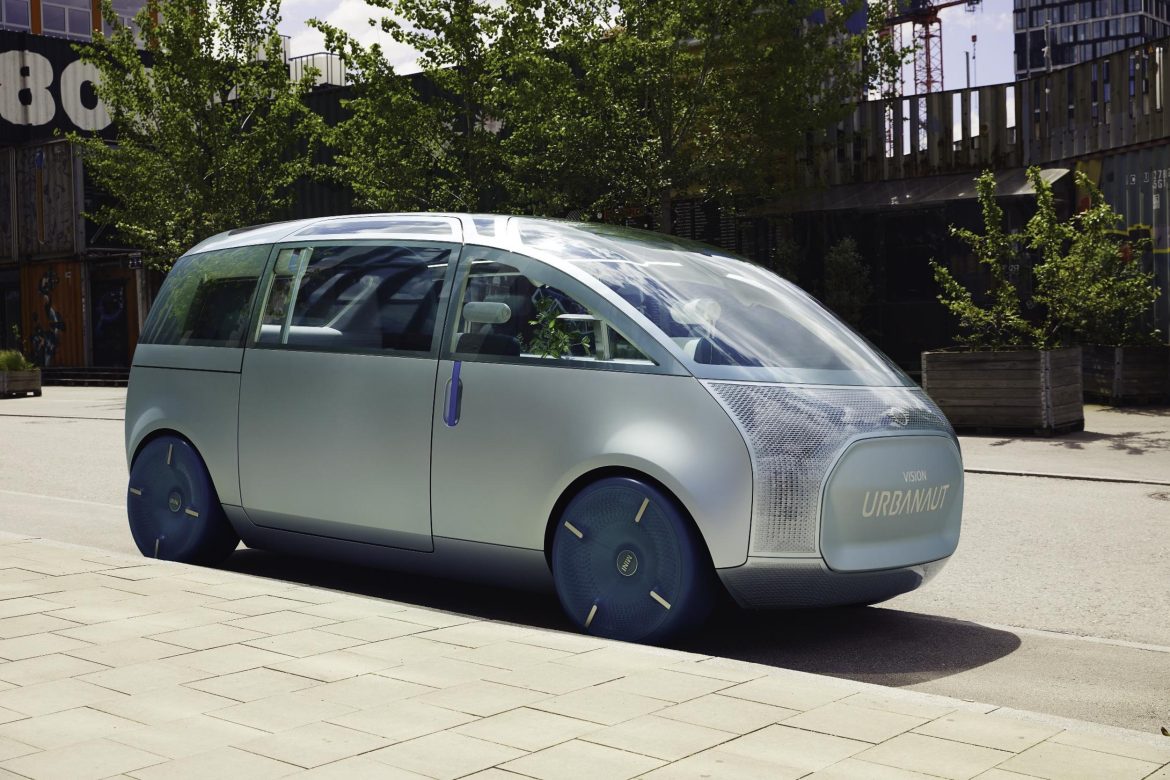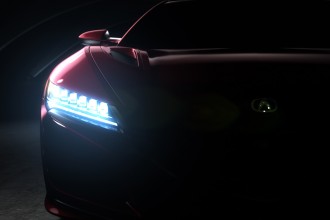Since the first car hit the road in the early 20th century, there is no denying that the automobile industry has been at the forefront of evolving technological advances. In 2021, cars boast some pretty impressive features to enhance your driving skills and comfort.
Cars are more than a way of getting you to A to B, they should be enjoyed, and your drive should be a pleasurable one even if you are only heading to work and back. After all, cars aren’t cheap these days, and reflected in this price is a wealth of new features and tech that enables you to have a better driving experience.
You can expect modern safety features in all cars include seat belts, safety glass, four-wheel drive, and airbags.
One area that has benefitted from new tech advances in auto safety. For the most extended time, manufacturers have focused on ensuring their vehicles are as safe as possible. When used in conjunction with responsible driving, they dramatically improve all safety aspects.
Early studies are overwhelmingly positive and in favor of safety features being more than just a gimmick. Both official studies and driver anecdotes point towards safety features reducing accidents and injuries from accidents. It’s been suggested that if all cars were equipped with blind-spot detection technology, tens of thousands of accidents could be prevented each year.
When it comes to the safety tech included with cars, what is out there? While not all features are available for all vehicles, auto manufacturers making newer models will tend to have a range of benefits as standard. The higher-end the car, the better the range of features you can expect to find.
AUTONOMOUS EMERGENCY BRAKING
Most new automobiles now come equipped with this safety feature, but it is still available and not included as standard in some models.
A car’s autonomous braking system uses sensors and cameras to monitor the road ahead, notifying the driver (often through a flashing graphic on the dashboard and a beeping noise) if an accident is about to happen. If you do not take any action, the AEB system will automatically initiate an emergency stop to reduce the severity of the situation. At lower speeds, it may even be able to prevent an accident from occurring.
When you purchase a new car at a dealership such as Wiscasset Ford, ask what comes as standard and if there is an additional charge for Autonomous Emergency Braking.
ADAPTIVE CRUISE CONTROL
This technology, which is available on the great majority of new cars today, combines sensors and radar, which are typically positioned inside the grille, to lock onto the vehicle in front of you and maintain a safe distance by automatically applying the throttle when acceleration is required and the brakes when traffic begins to slow. ACC is most commonly utilized by drivers on long highway trips or when traffic becomes clogged in heavy traffic. If the ACC system detects a potential collision, it will apply heavy braking and tighten the seatbelts.
DRIVER FATIGUE ALERT
This isn’t as sci-fi as it sounds. Can a vehicle alert you when you are in danger of nodding off at the wheel? Yes and no. At the same time, it doesn’t hook you up to complex medical devices to monitor your alertness; driver alert systems issue warnings when you have been driving a while to alert you to the potential of becoming fatigued and to take a break. Some manufacturers use facial recognition technology to monitor your gaze and attention and look for signs fatigue is taking over. Fatigue is thought to cause around 20% of accidents in the US, and fatigue alert systems in any capacity can reduce this figure drastically.
SAFETY EXIT ASSIT
Safety Exit Assist is the perfect feature for parents, anyone traveling with children, or anyone in the rear seats. Safety Exit Assist can temporarily stop the back doors from being opened if vehicles or bikes are approaching from behind. It works much in the same way as blind spot technology. This safety feature is expected to be huge amongst parents.
REAR/FRONT CROSS ALERT
This tech is something you will wish you had had for years! Revolutionizing how you interact with other drivers can reduce accidents and potential collisions by alerting you to the presence of other moving autos in your vicinity.
These systems sense when someone is about to cross your paths, such as when reversing out of a parking space or emerging from a driveway or side street, for example. It essentially detects anything in your blind spot and alerts you to this.
ADAPTIVE CRUISE CONTROL
Cruise control is nothing new. Neither is speed limiting functionality. If you are familiar with long monotonous drives that frequent trips on highways can bring you, chances are you are already overly familiar with these features. However, adaptive cruise control takes this to another level.
What adaptive cruise control does is not only let you choose the speed you want to drive at and maintain, but sensors and cameras scan traffic to detect vehicles ahead of you and automatically adjust your speed to maintain a safe distance. Once the road in front of you is clear, your set speed will be reinstated.
But it doesn’t stop there; some systems can stay in control when navigating stop-start traffic jams and even read speed limit signs to avoid you speeding.
NIGHT VISION
How often have you been on poorly lit or unfamiliar roads and worried that you would have a collision due to not being able to see correctly? You’re not alone. Night vision technology uses thermal sensors fitted to grilles to detect heat up to 200 meters ahead of you. So that cyclist riding with no lights or reflective clothing in the dark is no longer obscured from your view, and your car can alert you to their presence.
It goes without saying that safety features in cars can only be a good thing and can support drivers to ensure they are safer and there are more minor accidents on the road overall.
Photo Credit: Newspress


